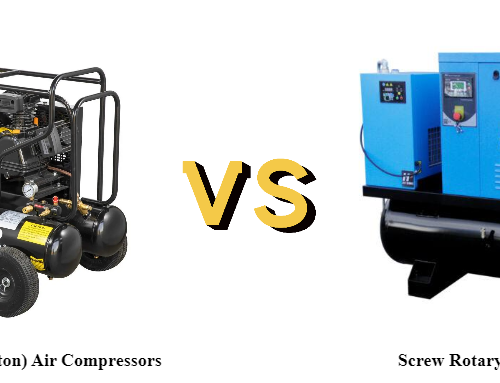As a wholesale business, your goal when shipping your products to customers should be to have them delivered as quickly, efficiently, and most cost-effectively as possible. Shipping and warehouse storage costs can eat through a budget rather quickly, which means the less time and money that you have to spend on them, the better off you’ll be.
More to the point, the happier your customers will be as well.
So, what is cross-docking and how can it help you improve your shipping?
What?
At its simplest, cross-docking is a warehouse storage strategy designed with the intent of removing as much storage time from the equation as it possibly can.
If having a storage strategy that centers around removing storage seem odd, that’s all right, we can explain.
To reduce the amount of time that your products stay in a warehouse to the absolute minimum, the inbound trucks carrying the products arrive at the same time as the outbound trucks. The products are then quickly and efficiently sorted and loaded onto the outbound trucks. If done correctly, your products won’t spend much, if any time in your warehouse.
However, how does this benefit you?
Reducing Expenses
Storage costs money.
A lot of money.
Warehouse space isn’t exactly cheap.
However, if you remove storage from the equation in its entirety, then that’s an expense that you’re no longer going to have to concern yourself with. You won’t have to rent out as many warehouses as you do because you’re not going to be storing your products for extended periods.
If all goes well, then they should come right in and then go straight out the door.
However, there are less static and tangible expenses than just warehouse storage that cross-docking can assist your business in reducing. By ensuring your products are out as quickly as they possibly can, you’re no longer losing money by having them sit on shelves for weeks or even months at a time. Buying those products was an expense, one that you’re not going to be able to recuperate if they’re sitting on shelves.
A cross-docking storage strategy is an excellent method of reducing those sorts of expenses.
Shipping Time
Your goal should always be to get your products out to your customers as quickly as you can.
The sooner that they have the products that they paid a great deal of money for, the happier they’ll be with you. If they’re satisfied with you, that increases the likelihood that they’re going to make purchases from you again and give your good publicity when speaking with their friends and coworkers.
Being able to get those products out to your customers in the shortest time possible is another considerable advantage of using cross-docking methods.
You’re sending your products out the instant you get them. No more waiting several days and leaving your customers to stew and wonder when they’re going to get what they bought. Thanks to companies that using quick shipping methods that can get products out to people in a single day, the public is going to be continually expecting more of you.
By utilizing cross-docking storage methods, you can ensure that you won’t be getting angry calls from your customers who are wondering where their purchases are.
Damages
People are very good at breaking things.
So why in the world would you want to have your essential and very breakable products in their presence for an extended period? The longer that your products stay in your warehouses, the higher the chance that something will go wrong. Every product that ends up damaged and unsellable is another blow to your margin, never mind what will happen if someone accidentally knocks over a whole rack.
Using cross-docking storage methods means that you’re effectively reducing the chances for human error on your end to a mere two points, unloading, and loading. By removing the possibility of your products being damaged on your watch, that also means that you’re getting less angry customers calling about their shipments.
Every call you don’t have to answer is money saved on replacing the damaged merchandise.
To Sum Up
Now, this all sounds good, but what’s the catch?
Cross-docking does have disadvantages that need to be considered before implementation. It takes significant time, planning, and capital to pull off and isn’t an appropriate strategy for every product that you’ll have on your shelves.
Deciding whether a cross-docking storage strategy is the best path forward for your business is something that will require careful consideration on your part. If you find that utilizing these types of procedures will prove to be beneficial to your business, they can go a long way to reducing certain sorts of expenses.
There’s far more about cross-docking that can be explained in a single article like this, but hopefully, this can set you on the right path.
Tips
- Transport. You’re going to need a ton of trucks to keep your cross-docking methods as efficient as possible.
- Management. To keep everything on track, you’re going to need to be always on top of things and make sure that it’s all running as smoothly as it possibly can.
- Damages. Inventory can still be damaged when it’s being loaded and unloaded, and even a single package can jam the whole system up.






